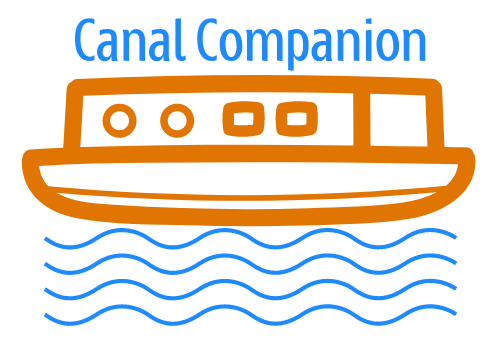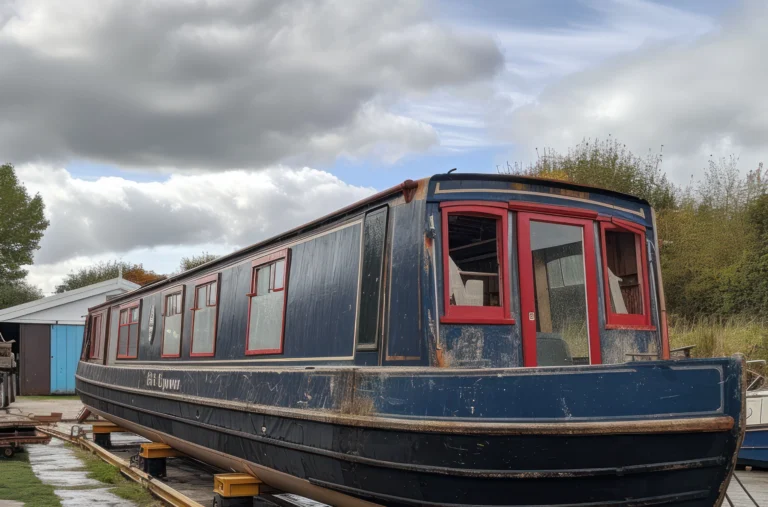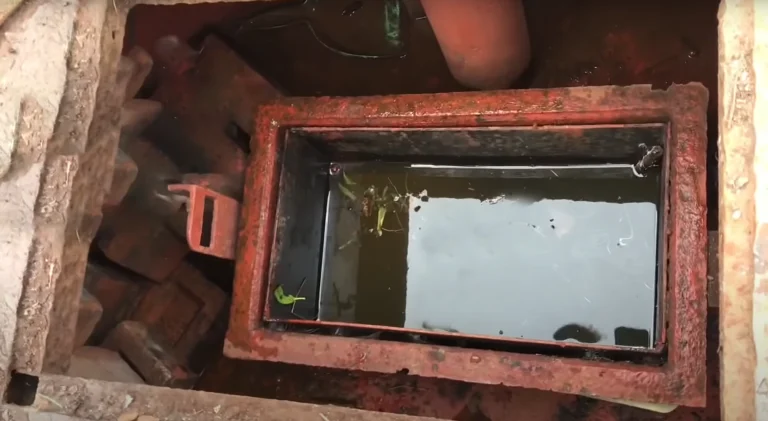Navigating the Canals: How Steering Works on a Narrowboat
Tips for Steering and Handling a Narrowboat
When it comes to navigating a narrowboat, mastering the steering process is essential for a safe and enjoyable journey. In this article, we’ll provide you with valuable tips and insights on how to effectively handle a narrowboat.
Mastering Narrowboat Steering Controls
The narrowboat steering process involves using a tiller, a handle connected to the rudder at the back of the boat. To steer, you’ll need to push the tiller in the opposite direction of the desired turn. For example, if you want to turn left, gently push the tiller to the right.
Keep in mind that a narrowboat takes a few seconds to respond to steering input, so it’s important to plan your manoeuvres in advance. By anticipating the boat’s response time, you can make smooth and precise turns, ensuring a seamless journey along the canals.
Steering While Reversing a Narrowboat
Reversing a narrowboat comes with its unique challenges, notably the boat’s tendency to veer to one side, a phenomenon known as transverse thrust. This occurs because the propeller acts similarly to a sideways paddle. While this effect is present during forward motion, it’s largely mitigated by the boat’s forward momentum. The direction of veer depends on the propeller’s rotation – clockwise when moving forward and anticlockwise in reverse.
When reversing, there’s a specific speed – a sweet spot – where the narrowboat maintains steadiness. If the boat starts drifting off course, gently moving the tiller back and forth (mimicking a rowing motion) can help realign it.
Another technique involves the rudder and “blow system.” This method requires you to move forward at half speed while turning the tiller approximately 60 degrees opposite to the desired stern direction, effectively pushing the stern the other way.
Then, shifting to reverse continues the movement. Generally, you’ll need to keep an eye towards the front to ensure the boat remains on course. Minor deviations can be corrected by adjusting the rudder to steer the stern in the desired direction. It’s essential to handle the throttle and tiller smoothly and patiently for the best control.
Narrowboat Steering Controls and Techniques
| Control/Technique | Description |
| Tiller | A handle connected to the rudder used to steer the narrowboat by pushing in the opposite direction of the desired turn |
| Transverse Thrust | A force that can cause the boat to veer to one side when reversing; can be counteracted by rowing action or using the rudder and blow system |
| Slowing Down and Stopping | Ease off the engine lever, shift into neutral, then reverse gear to slow down and bring the boat to a halt |

Improving Your Narrowboat Steering Skills
If you’re new to steering a narrowboat or want to enhance your skills, there are various resources available. Narrowboat handling courses are offered in the UK, providing hands-on experience and valuable guidance. These courses cover topics such as proper engine checks, manoeuvring techniques, and safety precautions.
Having a good understanding of the narrowboat’s rudder and tiller is crucial for effective steering. The tiller is used to control the direction of the boat, while the rudder plays a vital role in turning the boat. It’s essential to remember that pushing the tiller in the opposite direction is necessary to steer the boat in the desired direction.
Taking your time, planning your manoeuvres, and familiarizing yourself with the steering system will greatly improve your narrowboat steering skills. Practicing on quiet canal stretches and gradually building up your confidence will also contribute to becoming a skilled narrowboat helmsman.
Narrowboat steering FAQ’s
The steering mechanism on a narrowboat typically involves a tiller connected to a swan neck bar, which in turn connects to a flat rudder at the back of the boat. To steer the narrowboat, the tiller is moved in the opposite direction of the desired turn.
When steering a narrowboat, it’s important to take your time, plan your manoeuvres in advance, and remember that the boat pivots from the centre point of its length. This means that both the front and back of the boat need to be taken into consideration when manoeuvring.
When reversing a narrowboat, be aware of transverse thrust, which can cause the boat to veer to one side. This can be corrected by using a rowing action with the tiller or employing the rudder and blow system.
To improve your narrowboat steering skills, consider taking a narrowboat handling course, practicing in calmer waters, and gradually building up your confidence. Having a good understanding of the narrowboat’s rudder and tiller is crucial for effective steering. Remember to push the tiller in the opposite direction to steer the boat in the desired direction.









